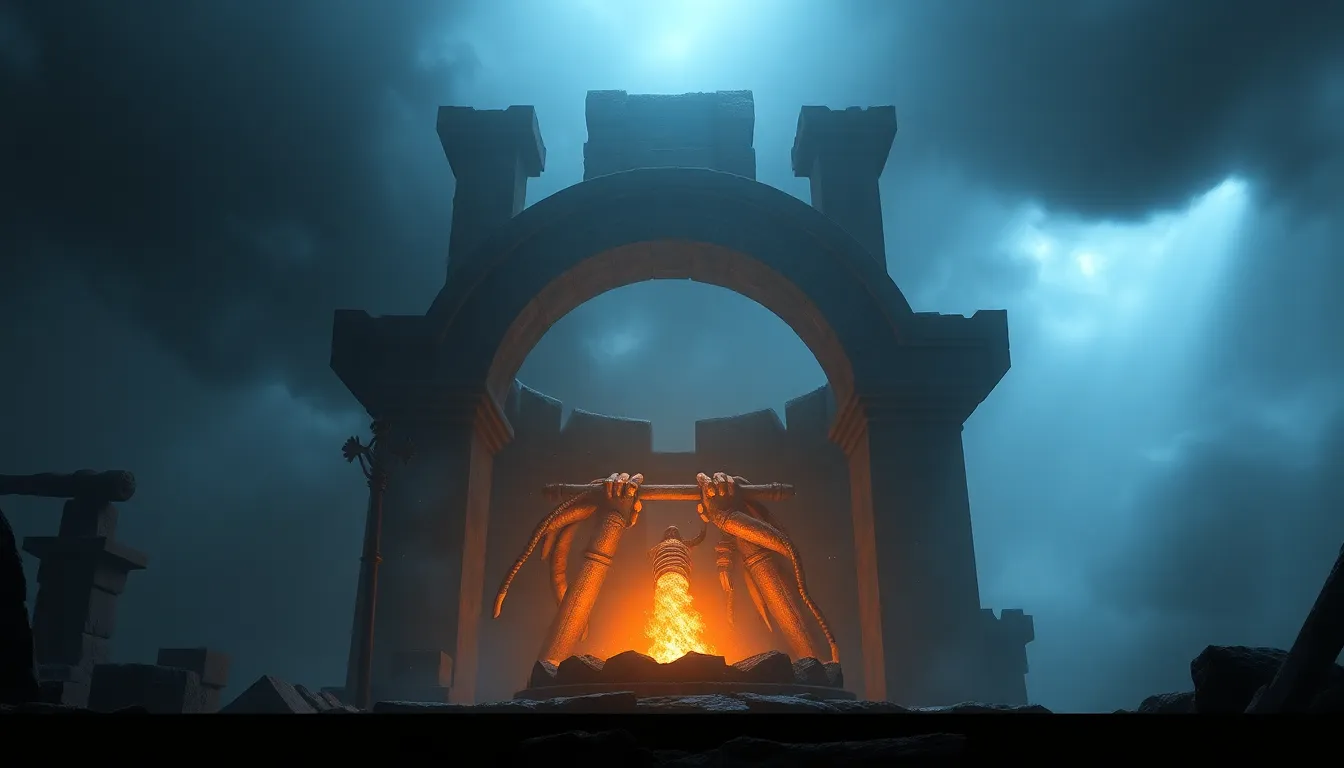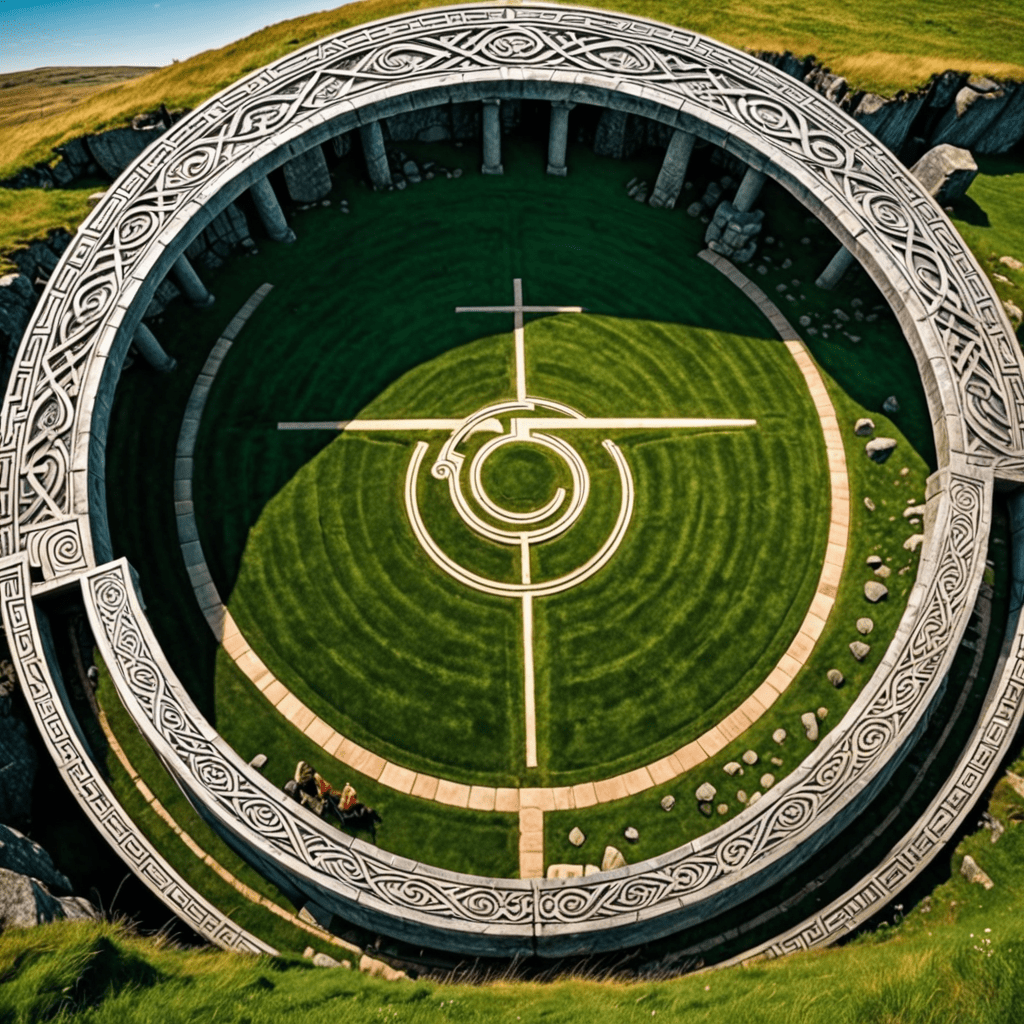The Ethics of Myth-Making: Crafting Moral Narratives
I. Introduction
Myth-making is the process of creating stories that convey significant truths or moral lessons, often rooted in cultural traditions. These narratives can shape beliefs, values, and behaviors within a society. The importance of moral narratives cannot be overstated; they serve as foundational elements guiding ethical conduct and community dynamics. As we explore the ethics of myth-making, we will consider the responsibilities of creators in crafting these narratives and the implications of their work on society at large.
II. Historical Context of Myth-Making
The origins of myths can be traced back to ancient cultures where storytelling was a means of explaining the world. From the creation myths of the Mesopotamians to the moral tales of the Greeks, these narratives provided frameworks for understanding human existence and the natural world.
- Origins of myths: Myths often emerged from the need to explain natural phenomena and human experience.
- Evolution through time: As societies evolved, so did their myths, adapting to new realities and challenges.
- Cultural identities: Myths play a crucial role in shaping the identities of communities, providing a shared history and collective memory.
III. The Function of Myths in Society
Myths serve various functions within society, primarily as tools for moral education. They offer lessons about right and wrong, often illustrated through allegorical tales that resonate with audiences.
- Moral education: Myths often encapsulate ethical dilemmas and resolutions, guiding individuals in their moral choices.
- Psychological impact: The narratives can profoundly affect individuals, influencing their beliefs and behaviors.
- Social cohesion: Myths contribute to community building by reinforcing shared values and fostering a sense of belonging.
IV. Ethical Implications of Crafting Myths
While myth-making can be a powerful tool for good, it also raises significant ethical questions. The line between truth and fabrication can often become blurred, leading to potential misrepresentations.
- Truth vs. fabrication: Myth-makers must navigate the delicate balance of storytelling without distorting reality.
- Responsibility: Creators have a duty to represent the world accurately and ethically, considering the impact of their narratives.
- Consequences: Misleading or harmful narratives can perpetuate stereotypes and misinformation, leading to social harm.
V. Case Studies: Myths and Their Impact
Examining specific myths can reveal their moral lessons and potential dangers. Some narratives promote inclusivity, while others can reinforce harmful stereotypes.
- Positive moral lessons: Myths that emphasize courage, kindness, and resilience can inspire individuals and communities.
- Harmful myths: Some myths may perpetuate stereotypes or propaganda, leading to division and conflict.
- Inclusivity: Myths that embrace diversity and understanding foster a more harmonious society.
VI. The Role of Technology in Myth-Making
In today’s digital age, the landscape of myth-making has transformed dramatically. Technology plays a pivotal role in shaping contemporary narratives.
- Digital media: The internet allows for the rapid spread of myths, both positive and negative.
- Social media: Platforms can amplify narratives, making them viral, but also contribute to misinformation.
- Ethical considerations: The ease of sharing stories raises questions about authenticity and the potential for harm.
VII. The Intersection of Myth-Making and Cultural Appropriation
Cultural appropriation poses significant ethical dilemmas in myth-making. Understanding cultural ownership is crucial to navigating these complexities.
- Cultural ownership: Recognizing the origins and significance of myths in specific cultures is essential for respectful storytelling.
- Ethical dilemmas: Borrowing from other cultures without understanding or respect can lead to exploitation and misrepresentation.
- Strategies for respect: Engaging with the cultures from which myths are drawn is vital for creating inclusive narratives.
VIII. The Future of Myth-Making: Challenges and Opportunities
The future of myth-making faces both challenges and opportunities. As the world changes, so do the stories we tell and the issues we confront.
- Evolving storytelling: New mediums and changing social dynamics will shape how myths are created and shared.
- Contemporary issues: Myths have the potential to address critical issues such as climate change and social justice.
- Diverse voices: Including a variety of perspectives will enrich narratives and ensure broader representation.
IX. Guidelines for Ethical Myth-Making
To navigate the complex landscape of myth-making ethically, creators can adhere to several guiding principles.
- Responsibility: Myth-makers should strive for responsible narrative creation that considers the impact of their stories.
- Authenticity: Maintaining truthfulness and authenticity in storytelling is crucial for credibility.
- Community engagement: Involving communities in the myth-making process ensures representation and respect.
X. Conclusion
In recap, the ethical considerations surrounding myth-making are profound and multifaceted. As we create and share narratives, we must remain aware of their power to shape moral frameworks and societal values. It is incumbent upon myth-makers to engage responsibly with their craft, ensuring that the stories we tell contribute positively to our communities. The enduring power of narratives lies in their ability to influence thoughts and actions—therefore, a call to action for all storytellers is to engage ethically and thoughtfully in the art of myth-making.



